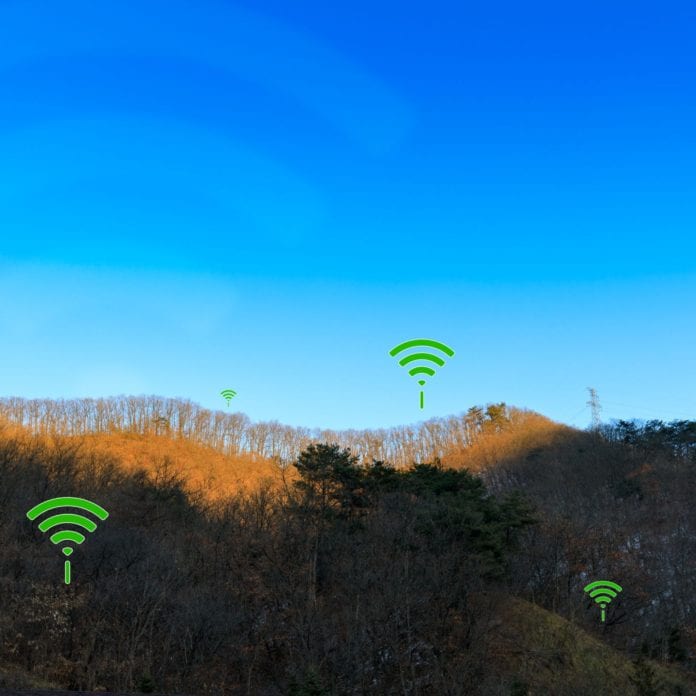5G might make the city smart, but it can also make the country clever
PROVIDENCE, Rhode Island—This week, Ericsson finalized its new deal with Kansas-based mobile operator Nex-Tech Wireless and the Rural Independent Network Alliance (RINA) Wireless, a cooperative, peer-to-peer association of independent Communication Service Providers (CSPs) to bring 5G coverage to rural America.
Yesterday, RCR Wireless News caught up with Peter Linder, Ericsson’s vice president of marketing & communications in North America, at the CCA Convention to discuss the recent deal, as well as the five problems 5G addresses in rural areas, that, while different than those faced in cities, are equally critical.
In metro areas, Linder explained, the challenges are all around density. “In cities, you run into spectrum exhaust,” he said, “so you have an urgent demand to address the fact that you’re running out of 4G, which is driving the decision about where to employ 5G.”
In addition, the smart city movement, which involves 5G—among other connectivity technologies—is an effort to address parking and road congestion.
In rural areas, however, there are different challenges. “Where the city is trying to make it smart, the countryside is trying to make it clever,” said Linder. According to him, the clever countryside concept is composed of five focus areas in which 5G will provide significant benefits: education, agriculture, green energy production, manufacturing and outdoor recreation.
15% of U.S. households with school age children don’t have access to high speed internet at home, and that number goes up to 35% in the case of low-income households.
Further, in rural areas, 20% of adults age 25 or over have a least a bachelor’s degree, while in cities, 34% of adults age 25 or over have a least a bachelor’s degree. “5G can help students do schoolwork at home and can bring a college education to those interested in getting higher education, but also staying in their rural community,” Linder explained.
The second rural area that can benefit from 5G is agriculture. “Agriculture isn’t going to move, so connection has to come to them, and can do so in the form of 5G,” said Linder. “As many as 25% of farms have no internet access at all. The FCC has plans to cover 95% of agriculture land, which doesn’t just mean farms, but the whole land.”
5G, he explained, has the power to bring real-time information to agriculture, so that farmers can monitor their land and production in a more efficient and effective way.
Wind turbines and solar panels are fast growing industries, promising to create more jobs and reduce our impact on their environment. These things also need a lot of space, and because of that, are often placed in rural locations. “Green energy production needs to be part of the smart grid,” Linder stated. “This will turn energy production from a guessing game into real-time production. We need our solar panels and turbines to be more plugged in because they are dependent on unpredictable resources, like weather and sun.”
Linder explained that panel and turbine maintenance will also be improved with better connectivity. “Now, a guy has to climb up each turbine. Or he might use a drone, but he has to go out and drive to each turbine one by one and send the drone up each time. With 5G, maintenance can be done remotely.”
Manufacturing is returning to the U.S. In fact, 17 out of 18 U.S. manufacturing sectors are predicting growth in 2019. “But the manufacturing that is coming back looks different than it used to,” he said. “It is way more automated and it will also be interconnected. The supply chain is also becoming more digital.”
And manufacturing, like green energy production, requires a lot of space, and so it is often done in countryside locations. “Three hundred and twenty-eight of U.S. counties are considered to be manufacturing dependent,” Linder revealed.
The final use case for 5G in rural environments is outdoor recreation. The U.S. countryside offers a lot of recreation possibilities, and many city dwellers escape to the country to get away from the very density that 5G is positioned to address. The important point here is simple: if you want people to visit, or even move to, your community, you have to provide connectivity. In a world where always having a connection or a signal is absolutely expected, a community must be able to deliver. “If you have good infrastructure that mirrors what they have at home, people will come,” Linder confirmed.

